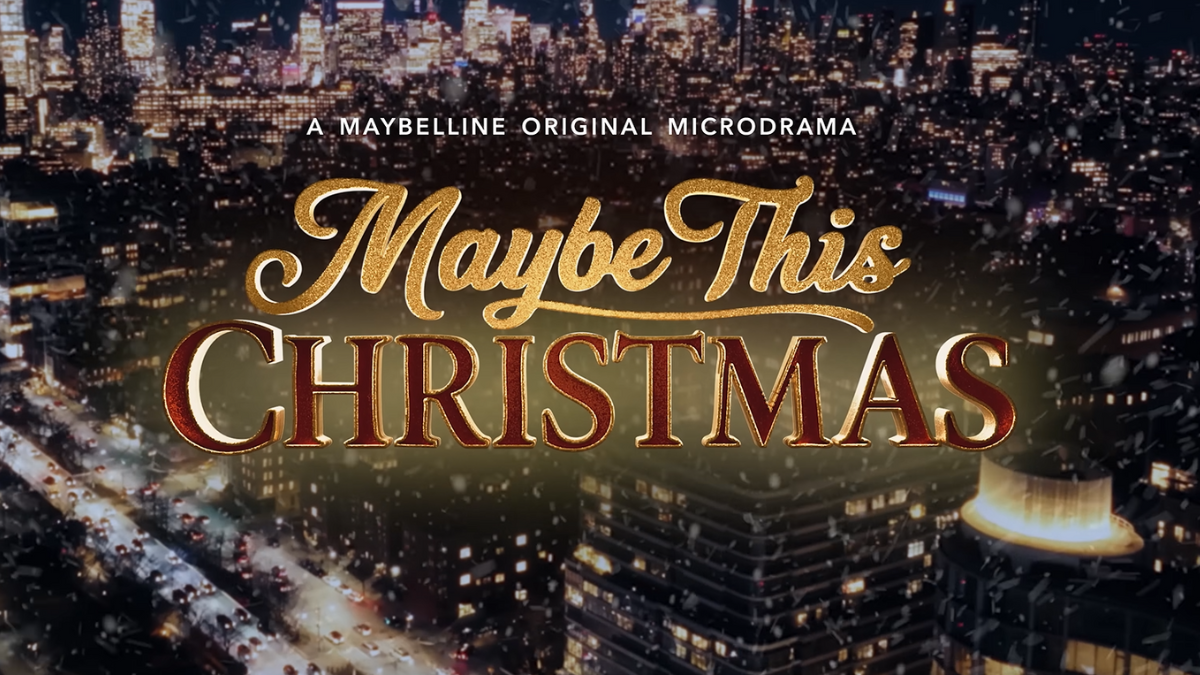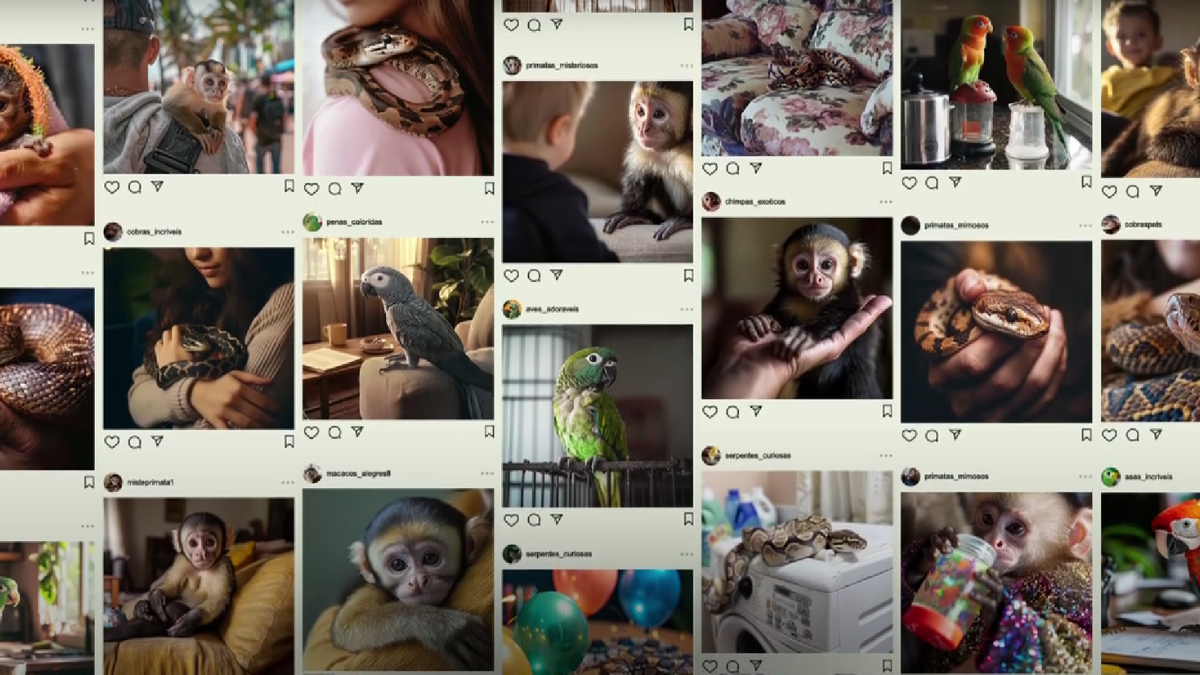Substack is ostensibly an ad-free platform, but the newsletter platform’s most popular writers have become attractive partners for brands looking to slide directly into their audience’s inboxes.
Substack has seen a surge in subscribers this year. Co-founder Hamish McKenzie told the Hollywood Reporter that it had surpassed 5 million paid subscriptions, with 1 million signing up in the four months leading to March 2025.
Hinge, the dating app, is one brand that is now paying Substackers to promote its products. Earlier this year, it sponsored Emma Gray, writer at Rich Text, who wrote about how she matched with her fiancé on the dating app in 2019. Her article, ‘It’s Funny We Met On Hinge’, was sent to over 21,000 inboxes.
But it’s not just about reaching readers — it’s about converting them into customers. When Skincare brand Medik8 partnered with Emily Sundberg, who writes the Feed Me Substack, it recorded a 204% return on ad spend.
Partnering with Substackers is the easiest way for brands to reach the platform’s users and promote their products, but it isn’t the only way.
Storytelling over selling
There are three ways for brands to leverage Substack, says Helena Lang, content director at 7C3. One of them is to sponsor existing publications and is best for ‘a more long-tail ROI’, according to Lang. The other two ways require brands to join the platform.
Lang explained that they can do this by ‘allowing one of their more dynamic and interesting leaders to produce a Substack under their own name’, which can be ‘ghostwritten by a journalist’ or a content creation agency. The other way is to launch a branded Substack.
‘Fashion brands, such as Tory Burch — which has a What Should I Wear Substack, collated by an in-house content team — do this very well, presenting content to their audience that they know they will love with very subtle branding. So, you love the Tory Burch brand, therefore you will love these other people in other industries that we love too. In addition, they offer an insider view to behind the scenes of this leading fashion label,’ Lang said.
Readers can almost miss the subtle branding in Tory Burch’s Substack, with references to other brands frequently standing out more clearly than those of its own products.
‘Brands need to understand that the content needs to be challenging, informative, exciting, and beneficial to the audience. The whole point is that potential customers and collaborators would not only subscribe to the Substack but also engage in the comments section. Bland messaging, sales pitches and the like just won’t cut it,’ Lang said.
A spokesperson for Substack echoed Lang’s statement, saying that ‘success comes from bringing a strong, original perspective to the platform rather than using it as another promotional tool.’
‘We find that those who thrive on Substack embrace what makes the platform special: authentic storytelling, community engagement, and providing real value to subscribers,’ they said. The spokesperson also shared three examples of branded newsletters that are doing this well: Jessie Loves (a Substack written by Jessie Loeffler Randall, founder of Loeffler Randall), Design School (written by Katie Elliot, VP of design at Schoolhouse), and The RealGirl (written by an anonymous author from The RealReal).
Although some are waking up to the potential of Substack, Lang says that, in her experience, ‘brands in the UK are slow to get behind Substack or understand the benefits of growing an audience on the platform.’ She recommends that those in doubt seek the help of expert journalists and editors who can craft their content.
‘This is long-term, slow-growing engagement but fundamentally forms a much deeper connection with the audience,’ she said.
Featured image: Maksim Goncharenok / Pexels





















